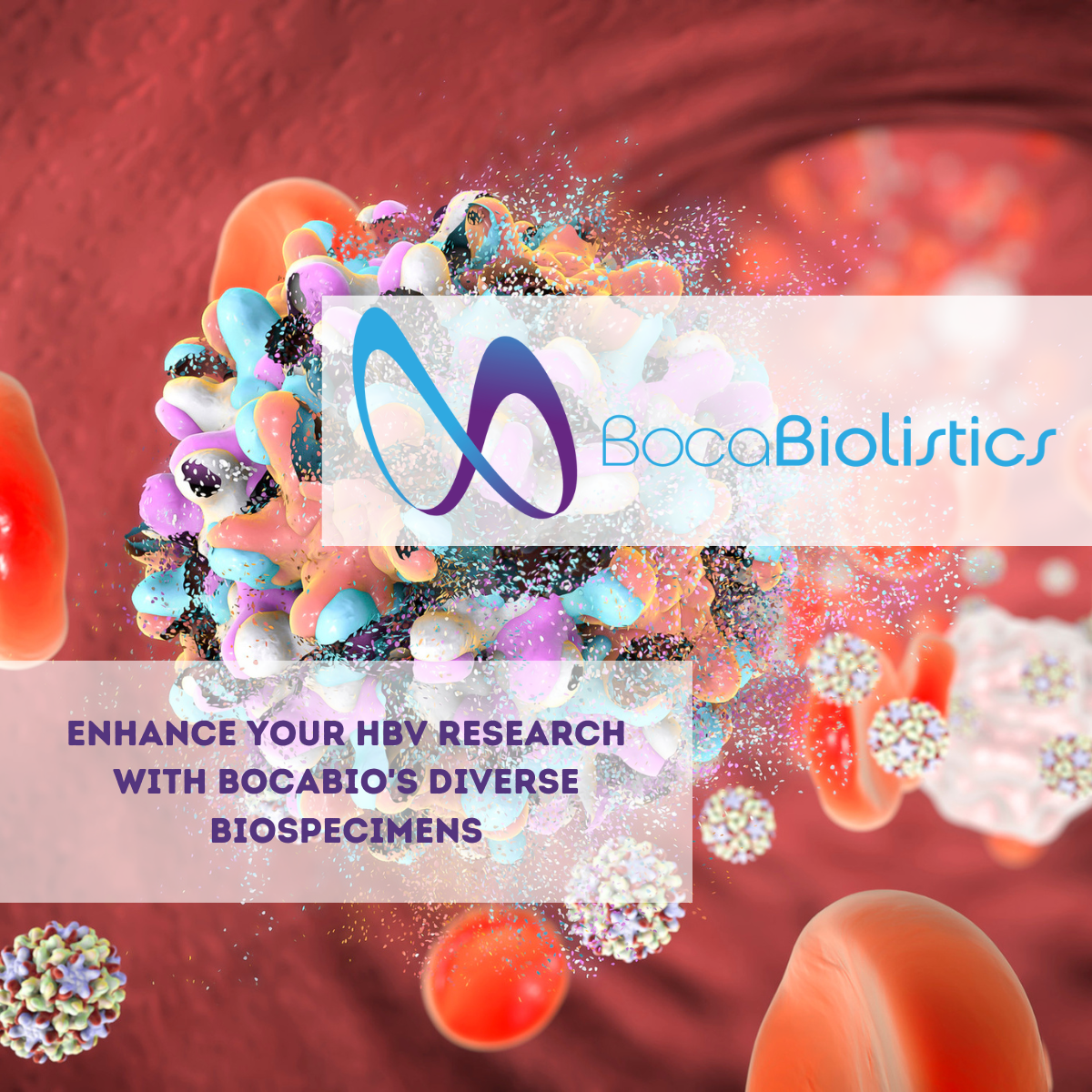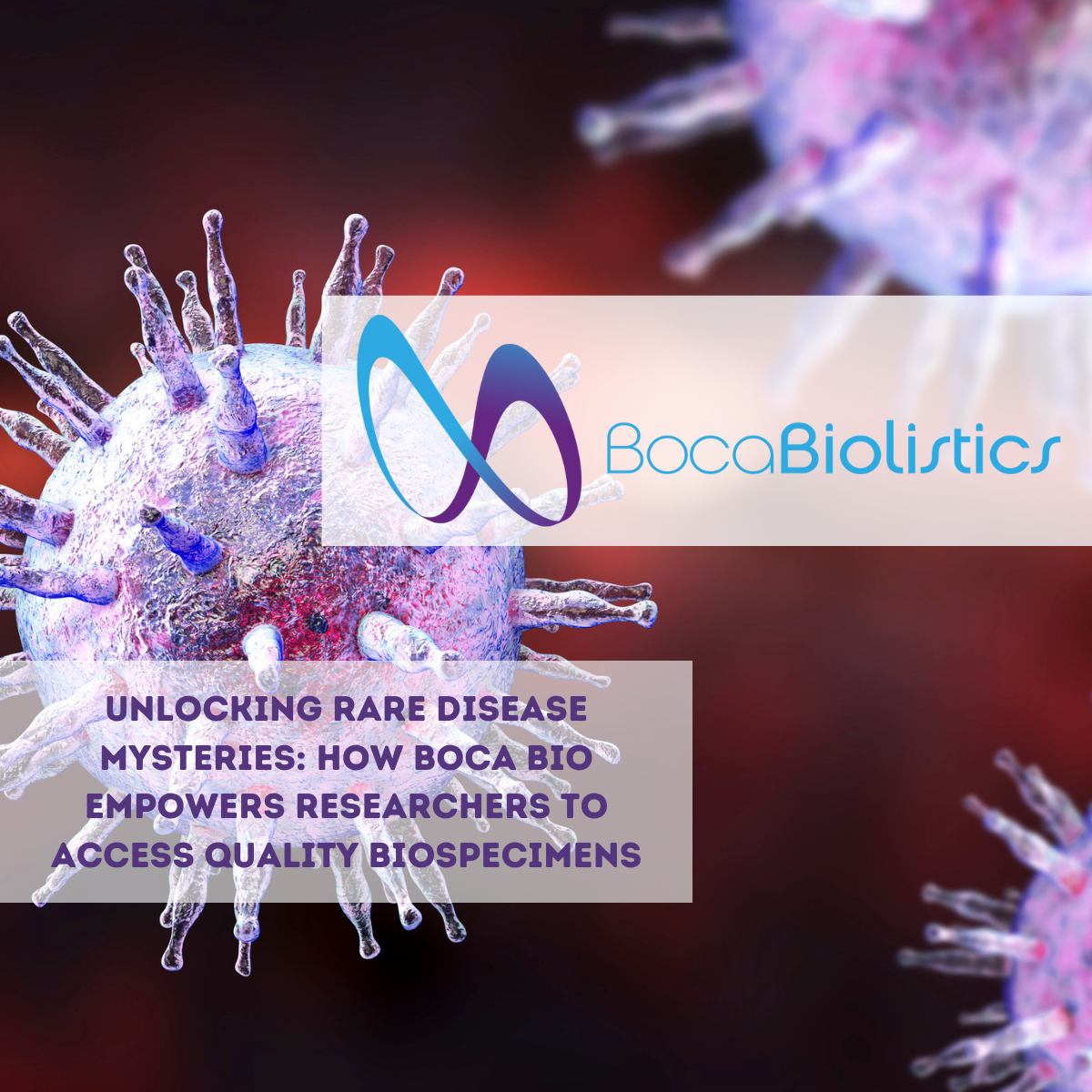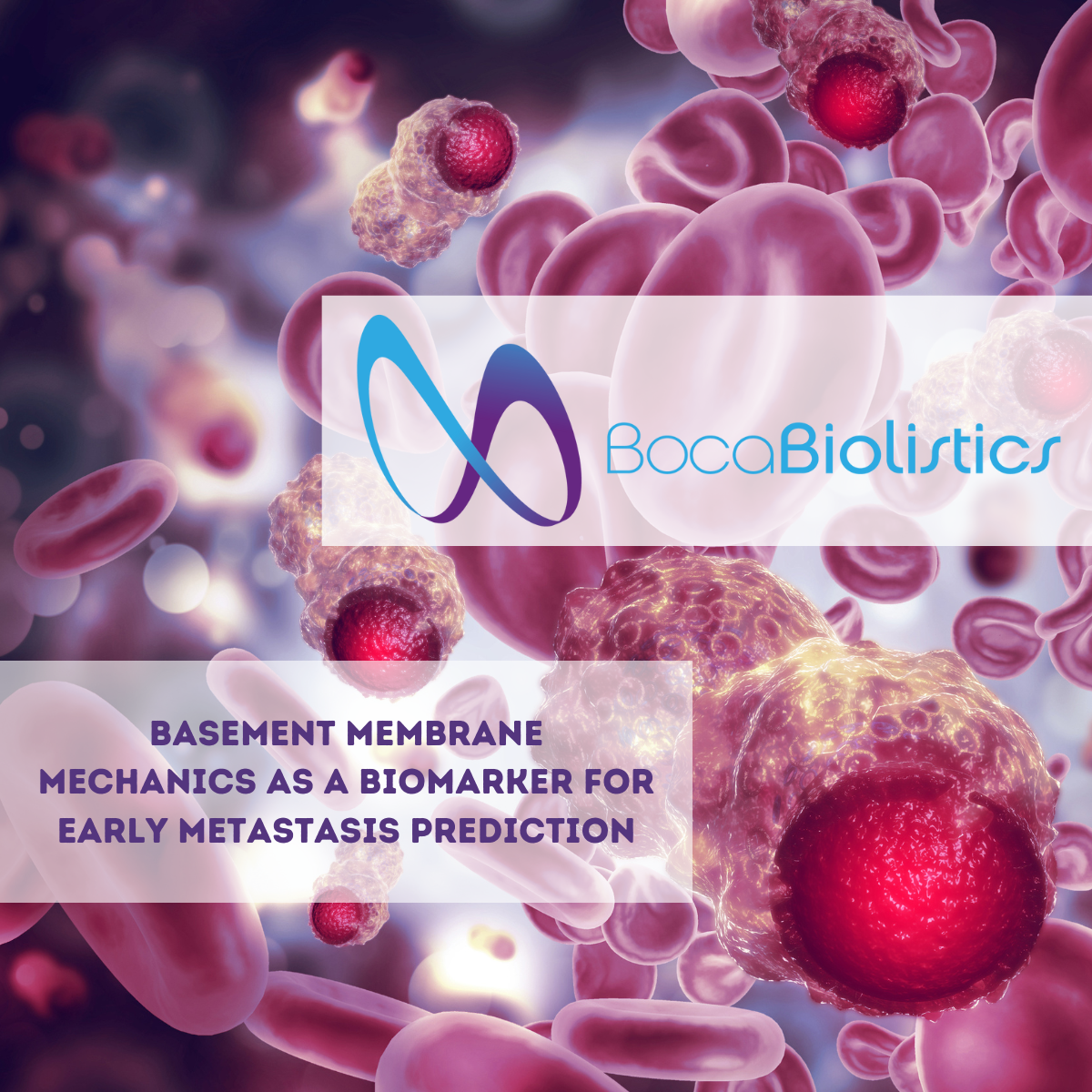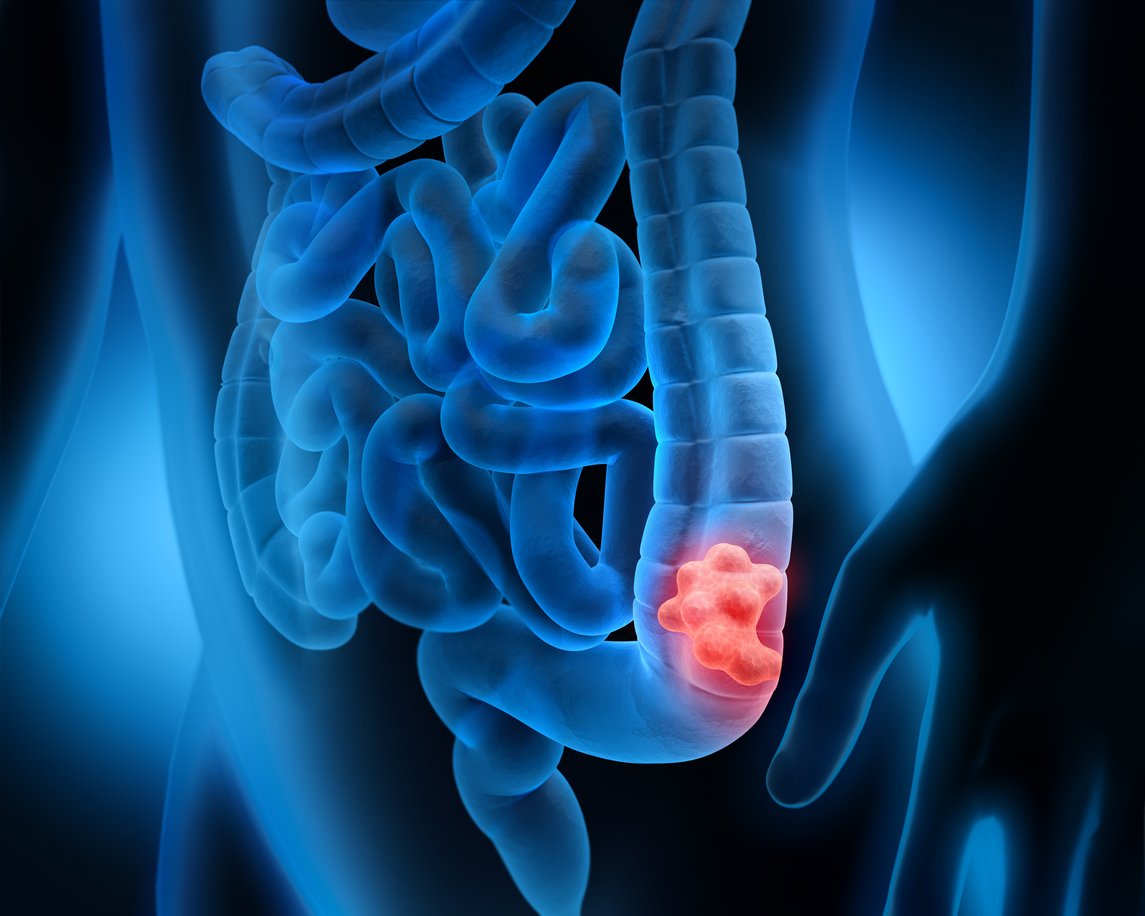A groundbreaking discovery at Stanford sheds light on how breast cancer cells work together to break free and spread, highlighting the critical role of biospecimens and clinical research in developing new treatments.
The majority of breast cancers, when confined to the milk ducts, are highly treatable. However, when these cells become invasive, breaching the surrounding barrier and infiltrating healthy tissue, the fight becomes considerably tougher. A recent study published in Nature Materials by Stanford researchers unveils a novel mechanism behind this invasion, paving the way for potential breakthroughs in diagnosis, treatment, and prevention.
Previously, the focus was on individual cancer cells using enzymes to degrade the basement membrane, the protective barrier surrounding healthy tissue. However, this research reveals a crucial collective effort: cancer cells collaborate, swelling together and exerting physical force to stretch and tear the barrier, creating escape routes.
Boca Biolistics: Fueling Research and Precision Medicine
This discovery underscores the immense value of high-quality biospecimens and advanced clinical research services. Boca Biolistics plays a vital role in this crucial field by providing:
- Precise and ethically sourced biospecimens: Access to well-characterized tumor samples and healthy controls is essential for replicating and validating research findings. Boca Biolistics ensures ethical sourcing and meticulous handling, preserving the integrity of samples for accurate analysis.
- Cutting-edge clinical research services: From study design and patient recruitment to data management and analysis, Boca Biolistics offers comprehensive support to researchers, accelerating the pace of discovery.
- Central lab services: Streamlining processes and ensuring consistency, Boca Biolistics' central lab provides researchers with reliable data and efficient workflows.
From Mechanism to Future Treatments:
Understanding this collective invasion mechanism opens doors to several exciting possibilities:
- Developing new therapeutic strategies: By targeting the physical forces involved, researchers can potentially block cancer cell invasion, preventing their spread.
- Identifying high-risk patients: Early detection of patients with pre-invasive cancers exhibiting this collective behavior could enable more targeted and effective intervention.
Boca Biolistics is at the forefront of this fight. By providing researchers with the tools and resources they need, we contribute to advancements in cancer research, ultimately leading to better diagnoses, treatments, and outcomes for patients.










